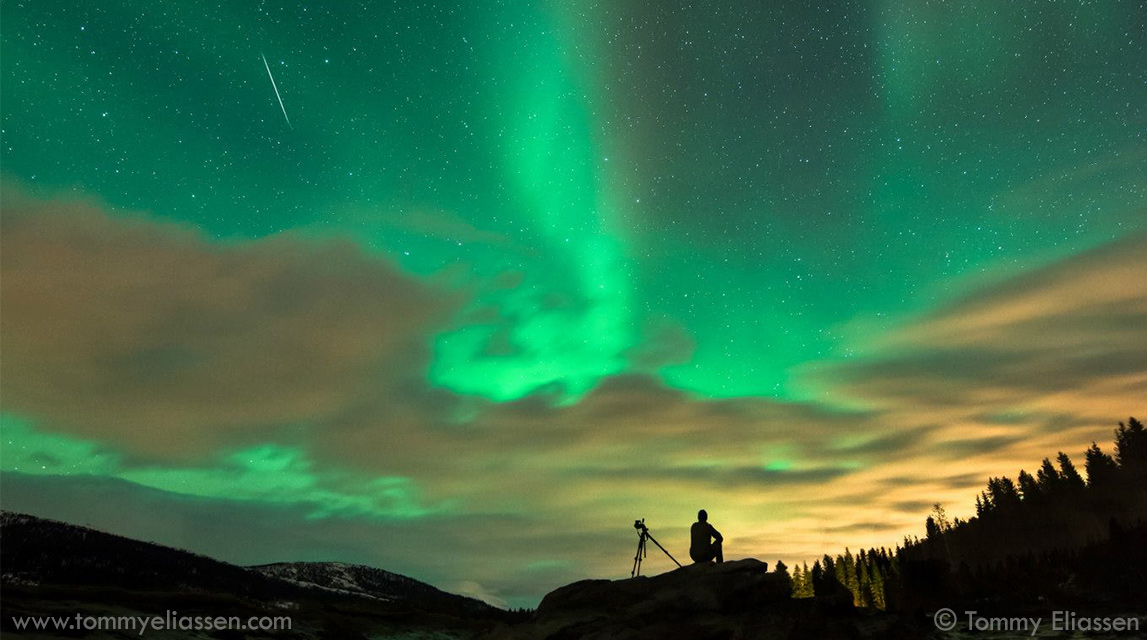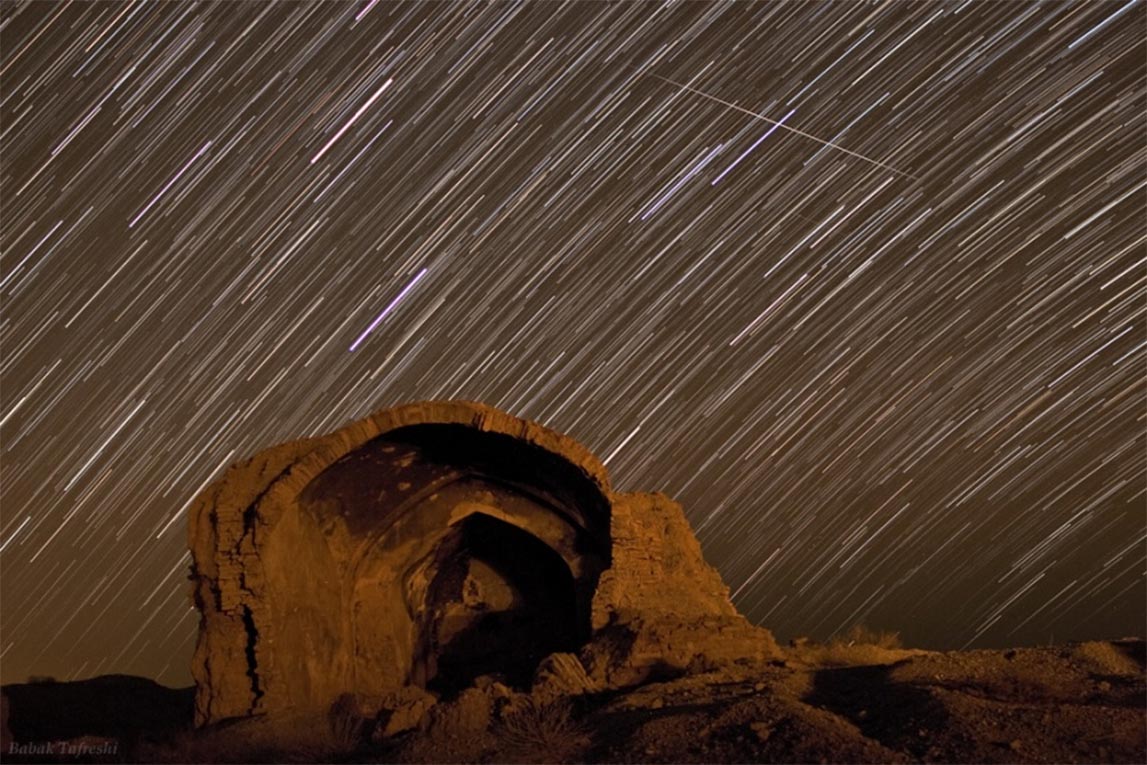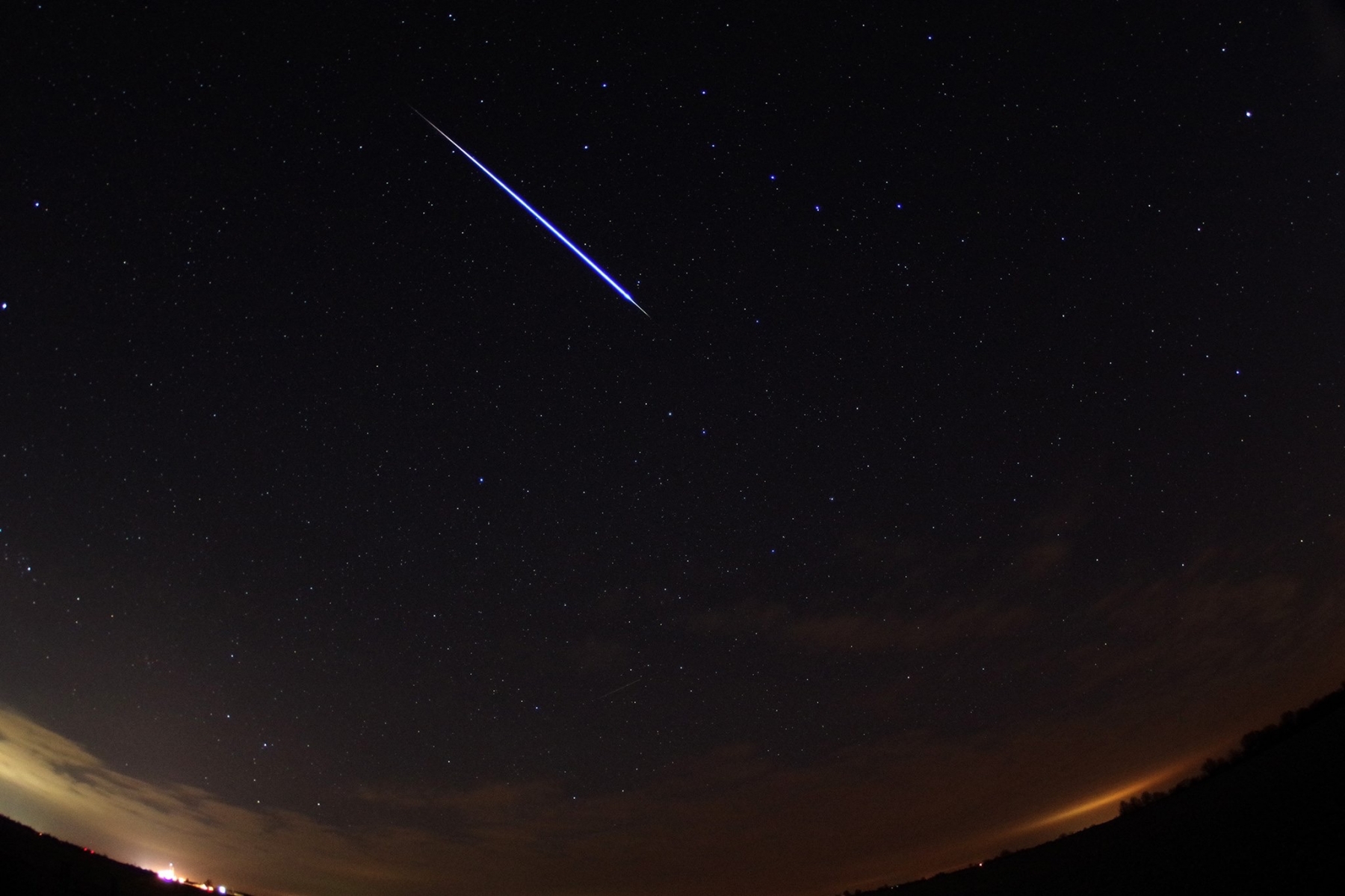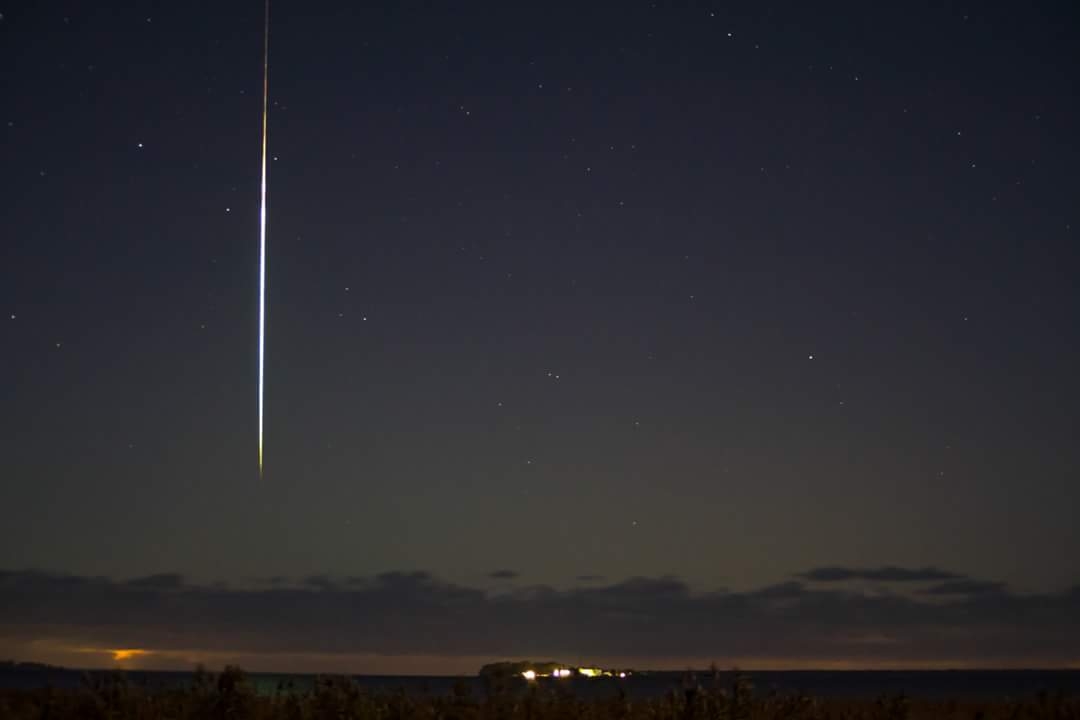
Meteor Activity Outlook for March 10-16, 2018
During this period the moon will wane from nearly one-half illuminated to almost new (invisible). This weekend the nearly half illuminated moon will rise near 02:00 local standard time and will interfere with meteor viewing if it lies within your field of view. With each passing night the moon will become a bit thinner and will rise later in the morning providing the meteor observer with a better view of the heavens.
 American Meteor Society
American Meteor Society



















